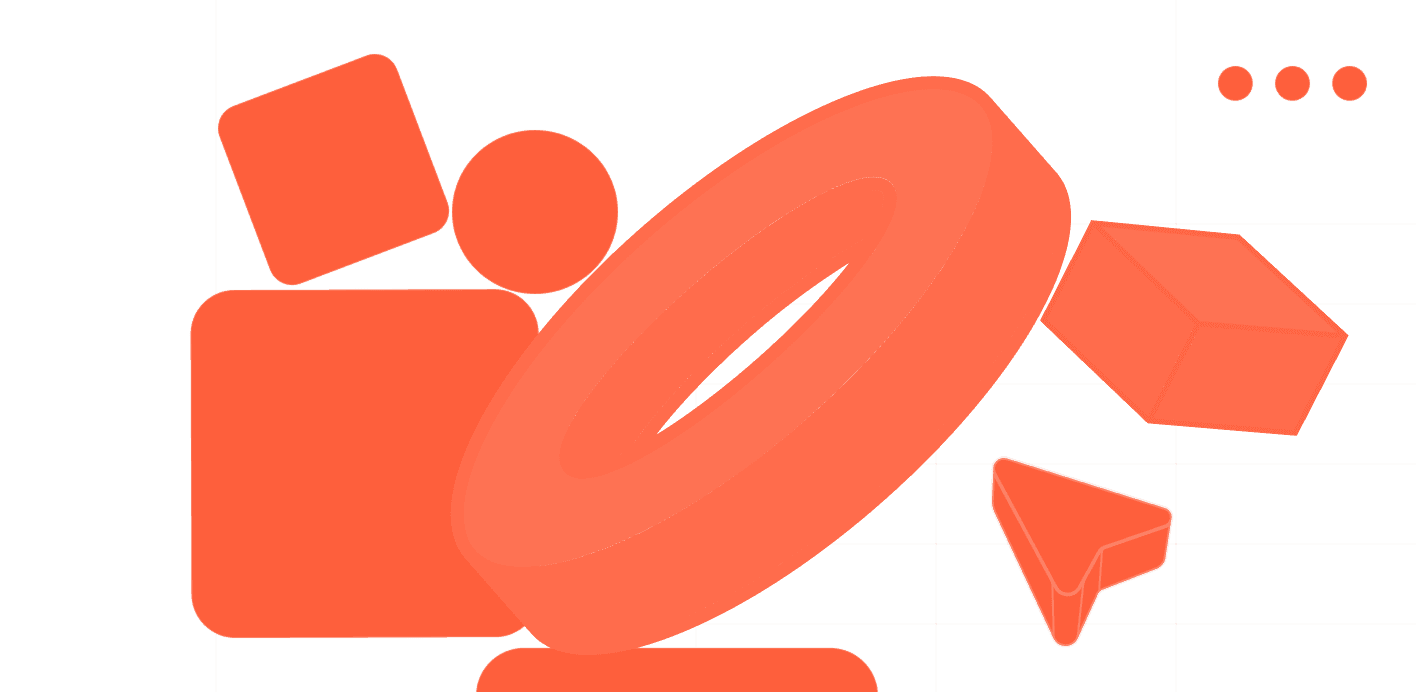
Blog
/
Third Party Logistics Examples: A Practical Guide to Success
Third Party Logistics Examples: A Practical Guide to Success
Jesse Stock
on
Oct 16, 2025
Third party logistics examples: a clear, real-world guide from Shipping Bros
📖 Estimated reading: 12 mins
Key Points
Third-party logistics (3PL) providers offer a wide range of services, from warehousing to last-mile delivery.
Selecting the right 3PL depends on your specific needs, growth plans, required service levels, and technology capabilities.
Understanding different types of 3PLs—transport-only versus full-service—helps in making informed decisions.
What's Inside
Introduction to 3PLs
Examples of Top 3PL Providers
Choosing the Right 3PL
Technology and 3PL Performance
Summary & Next Steps
FAQs
Introduction to Third-Party Logistics (3PL)
At Shipping Bros, we are passionate about logistics. We work with brands daily to move goods efficiently. A 3PL is a company that manages parts of your supply chain, including transportation, warehousing, and order fulfillment.
Why use a 3PL? It offers speed, reach, and scalability without building your own network.
Many brands operate multiple 3PL providers, each specialized in different areas—final mile, freight brokerage, or global logistics.
Understanding what each 3PL offers helps you match your needs to the right partner. The key is to know your primary goals: speed, cost, coverage, or technology support.
Third Party Logistics Examples You Should Know
1) FedEx Supply Chain
FedEx Supply Chain provides order fulfillment, transportation management, and customized logistics solutions. They focus on picking, packing, shipping, and delivery, supporting retail, e‑commerce, and B2B segments.
Ideal for brands needing a large network with integrated parcel delivery. Learn more here.
2) DHL
DHL offers global logistics including parcel delivery, e‑commerce fulfillment, and industrial supply chain management. They invest in IoT and blockchain for enhanced route optimization and shipment integrity.
Use DHL if you ship internationally and require customs support.
More info: DHL Supply Chain overview, IoT in logistics, and Blockchain adoption.
3) UPS
UPS delivers parcels and offers supply chain logistics solutions, including warehousing and reverse logistics. They are ideal for brands seeking tight integration from warehouse to customer doorstep.
Details at: UPS solutions page.
4) MoLo Solutions
MoLo specializes in full truckload (FTL) brokerage, serving industries like food, consumer goods, and automotive. They provide capacity, visibility, and support for time-sensitive shipments.
Website: MoLo Solutions.
5) Mothership
Focuses on final‑mile delivery, with real-time tracking and automated dispatch. Perfect for same-day delivery needs in retail, building materials, or food sectors.
Company: Mothership.
6) Transfix
A tech-driven freight broker specializing in truckload shipping with features like digital matching, pricing, and real-time shipment tracking.
More info at: Transfix.
7) Whitebox
Provides e‑commerce fulfillment with integrations to Shopify, Walmart, Target, and analytics for sales and channel performance.
Learn more: Whitebox.
8) Omni Logistics
Offers global multimodal logistics—air, ocean, and ground. Suitable for international shipments with complex cargo needs.
See: Omni Logistics.
9) Shipwire
Operates a network of over 145 warehouses worldwide, ideal for regional inventory placement and comprehensive e‑commerce fulfillment.
More info: Shipwire overview and about Shipwire.
Choosing the Right 3PL for Your Business
When selecting a 3PL, start by answering four key questions: what are your current needs, your growth plan, must-have service levels, and technology requirements. Use the inventory management and fulfillment guides to refine your criteria.
Consider piloting one or two providers for 60-90 days. Measure order accuracy, lead times, damages, and customer satisfaction. Build a clear SOP and SLA to ensure expectations are aligned.
Impact of Technology on 3PL Performance
Advanced tech such as IoT, blockchain, and automation enhances visibility and reliability. DHL's IoT innovations and blockchain solutions help track shipments and verify chain of custody.
Platforms like Mothership automate dispatches, while broker platforms such as Transfix optimize route planning and pricing.
Matching supply to demand via digital load boards and integrated networks can significantly improve efficiency and reduce costs.
Summary & Next Steps
Building a reliable supply chain requires understanding your priorities, leveraging the right providers, and utilizing technology to track and optimize operations. The examples above demonstrate the spectrum of available options—from localized final-mile services to global freight forwarding.
Use this guide to start your search, run pilots, and scale confidently. Your logistics partner should enable growth, reduce costs, and enhance customer satisfaction.
Common Questions
Q: How do I decide between a transport-only provider and a full-service 3PL?
A: If you want to outsource most logistics functions like warehousing and fulfillment, go for a full-service 3PL. If you only need capacity for freight moves and manage other supply chain parts internally, a transport-only brokerage may suffice.
Q: What should I look for in a 3PL's technology capabilities?
A: Ensure they offer real-time tracking, integrate with your systems via APIs or EDI, and provide dashboards for visibility into orders, inventory, and shipments.
Q: How can technology improve 3PL performance?
A: Technologies like IoT, blockchain, and automation increase transparency, reduce errors, and enable proactive issue resolution, leading to higher reliability and lower costs.
Q: How should I pilot a new 3PL provider?
A: Start with a small set of SKUs or lanes, measure key performance indicators, establish clear SOPs and SLAs, and review the results before expanding your engagement.

